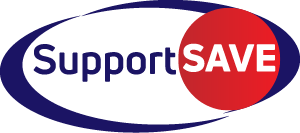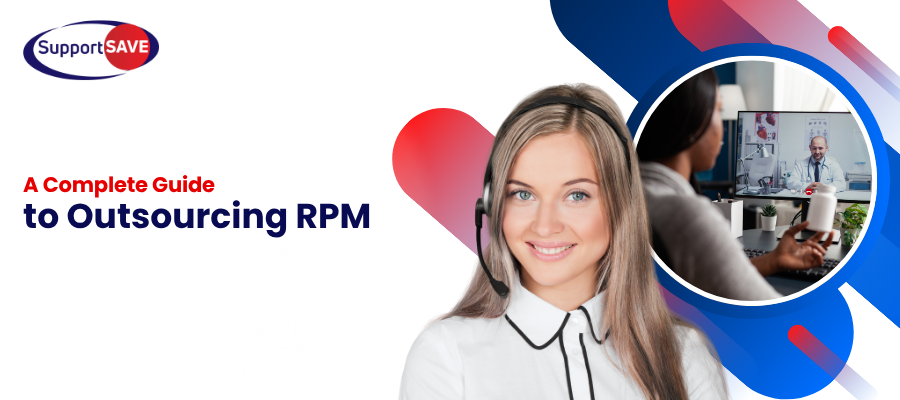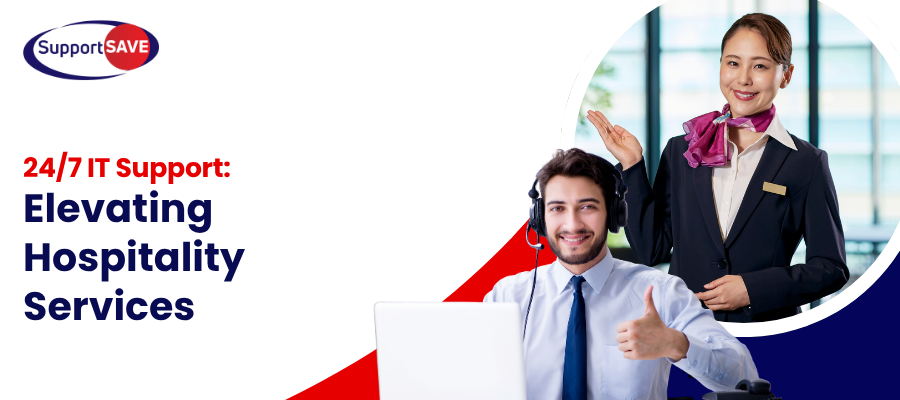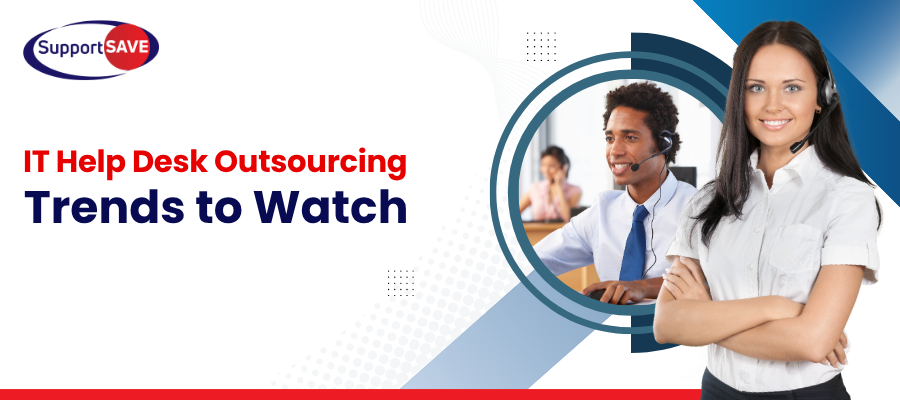Modern healthcare is rapidly evolving toward proactive, technology-driven care. Remote Patient Monitoring (RPM) has emerged as a critical tool, enabling healthcare providers to track patients’ health metrics in real time — beyond the walls of hospitals and clinics.
Yet, implementing RPM in-house often presents challenges: resource constraints, staffing shortages, and technological complexity. That’s where outsourcing remote patient monitoring comes in.
This Guide to Outsourcing Remote Patient Monitoring explores how healthcare organizations can optimize care delivery, cut costs, and enhance efficiency through strategic outsourcing partnerships.
What Is Remote Patient Monitoring (RPM)?
Remote Patient Monitoring (RPM) refers to the use of digital technologies to collect and transmit patients’ health data — such as blood pressure, glucose levels, heart rate, and oxygen saturation — from home to healthcare providers.
RPM empowers clinicians to:
- Detect early warning signs of health deterioration
- Provide timely interventions
- Reduce hospital readmissions
- Improve chronic disease management
By integrating RPM into daily workflows, healthcare organizations can move from reactive care to preventive, data-driven healthcare.
Why Healthcare Providers Are Turning to RPM Outsourcing
Running an RPM program internally can be complex. It involves setting up monitoring systems, ensuring compliance with regulations, training staff, and providing consistent patient engagement. Many practices struggle to scale these operations efficiently.
Outsourcing offers an elegant solution and is proving to be a game changer for healthcare. By partnering with experts in remote patient monitoring outsourcing, healthcare organizations gain access to specialized resources, advanced technology, and 24/7 support — all without overextending their internal teams.
This guide helps you understand the advantages, process, and best practices of working with outsourced patient monitoring services.
Benefits of Outsourcing Remote Patient Monitoring
When done right, outsourcing delivers measurable results across multiple dimensions — clinical, operational, and financial.
1. Cost Efficiency
Building an in-house RPM infrastructure involves software investments, device procurement, training, and hiring skilled personnel. Outsourcing eliminates most of these fixed costs, converting them into manageable operational expenses.
2. Access to Expertise
Outsourced remote patient monitoring providers have trained clinical staff who specialize in interpreting patient data, managing alerts, and maintaining compliance with HIPAA and CMS guidelines.
3. 24/7 Patient Coverage
Unlike traditional staff-limited setups, outsourcing allows for 24/7 outsourced patient monitoring, ensuring patients receive consistent care — even during nights, weekends, and holidays.
4. Scalability
Outsourcing enables healthcare providers to scale RPM programs up or down effortlessly, depending on patient volume or new service lines.
5. Enhanced Patient Engagement
Third-party RPM providers often include patient education, reminders, and follow-up calls — boosting adherence and satisfaction.
Key Components of a Successful Outsourced RPM Program
A robust RPM outsourcing strategy combines technology, clinical oversight, and communication. A study of 6,595 patients in an RPM program found that uncontrolled hypertension dropped from 66.3% to 40.2% after an average of 289 days— highlighting the importance of a structured, well-managed approach. Let’s break down the essential elements:
1. Device Management and Integration
Effective remote patient monitoring solutions include easy-to-use medical devices that seamlessly transmit data to the provider’s electronic health record (EHR) or dashboard.
2. Continuous Monitoring and Alerts
Real-time monitoring ensures immediate response to abnormal readings. Automated alerts notify clinicians or patients when intervention is needed.
3. Data Analysis and Reporting
Outsourced teams handle data aggregation and analysis, generating reports that support evidence-based decision-making and billing compliance.
4. Patient Support and Education
Ongoing engagement — through calls, messages, or virtual check-ins — ensures patients understand how to use devices correctly and stay motivated.
5. Compliance and Documentation
A reliable outsourcing partner maintains full compliance with HIPAA and CMS standards, ensuring accurate documentation for reimbursement and legal protection.
How Outsourced Patient Monitoring Services Work
Understanding how outsourced patient monitoring operates helps you assess its fit for your organization.
Step 1: Patient Enrollment
Providers identify eligible patients with chronic disease such as hypertension, diabetes, COPD, or heart failure. The outsourcing partner then manages device delivery, setup, and onboarding, ensuring patients understand how to use their equipment and stay engaged from the start and manage chronic disease.
Step 2: Continuous Data Monitoring
Once connected, patient data flows automatically into the system, where clinicians review it regularly.
Step 3: Escalation Protocols
When readings cross predefined thresholds, alerts are triggered. The monitoring team follows escalation pathways — contacting patients or notifying the provider.
Step 4: Reporting and Reimbursement
Monthly summaries and compliance reports are generated to meet CMS billing requirements.
Step 5: Performance Optimization
Ongoing analytics and insights help improve both patient outcomes and operational efficiency over time.
Top Advantages of Outsourced Remote Patient Monitoring
Let’s look at the key advantages that make outsourcing an increasingly popular choice across healthcare networks:
- Improved Care Continuity: Patients receive continuous oversight between visits.
- Higher Efficiency: Internal teams can focus on high-value clinical tasks.
- Reduced Readmissions: Early intervention lowers hospitalizations and ER visits.
- Patient Satisfaction: Personalized monitoring fosters trust and confidence.
- Regulatory Alignment: Providers meet RPM coding and reimbursement requirements with ease.
Evaluating the Right RPM Outsourcing Partner
Choosing the right outsourcing partner is critical to success. Here’s what to consider:
1. Compliance and Security
Ensure the vendor complies with HIPAA, GDPR, and all healthcare privacy regulations.
2. Clinical Expertise
Verify the qualifications of the monitoring staff and their experience handling chronic care patients.
3. Technology and Integration
Look for remote patient monitoring solutions that integrate smoothly with your EHR or telehealth systems.
4. Customization
Select a partner who tailors services to your practice’s patient demographics and workflow.
5. Transparent Pricing
Understand all costs upfront — including setup, device fees, and monthly monitoring rates.
6. Proven Track Record
Request case studies or testimonials that demonstrate real-world results.
Challenges in RPM Outsourcing (and How to Overcome Them)
While outsourcing offers major advantages, it’s not without potential hurdles:
Data Overload: Too much unfiltered data can overwhelm clinicians.
→ Solution: Choose a provider with AI-based triage and data prioritization.
Patient Non-Adherence: Some patients may neglect device use.
→ Solution: Outsourced teams that include patient engagement specialists can improve adherence.
Integration Issues: Poor EHR connectivity can slow workflows.
→ Solution: Opt for vendors with established interoperability protocols.
Quality Control: Maintaining consistent standards is vital.
→ Solution: Establish KPIs and conduct periodic performance reviews.
Best Practices for Implementing RPM Outsourcing
Follow these guidelines to ensure smooth adoption and measurable success:
- Set Clear Goals – Define what success looks like (e.g., reduced readmissions, improved engagement).
- Engage All Stakeholders – Include physicians, nurses, and IT teams early in the planning phase.
- Train Your Staff – Educate internal teams on how outsourcing fits within existing workflows.
- Monitor KPIs – Track metrics like response time, patient adherence, and satisfaction.
- Ensure Patient Buy-In – Communicate benefits clearly to encourage participation.
Future Trends in Remote Patient Monitoring Outsourcing
As technology advances, remote patient monitoring outsourcing will become even more powerful and accessible.
Emerging future trends include:
- AI-driven predictive analytics for earlier risk detection.
- Wearable integration for continuous, non-invasive data collection.
- Multilingual support centers for diverse patient populations.
- Outcome-based partnerships where providers pay based on performance.
The future of healthcare lies in scalable, patient-centered solutions — and outsourcing is leading the way.
Conclusion: Scale Smarter with Outsourced RPM
In today’s competitive healthcare environment, efficiency and patient satisfaction are top priorities. This Guide to Outsourcing Remote Patient Monitoring shows how the right partner can transform your operations — improving care quality, reducing costs, and freeing clinicians to focus on what truly matters: patient outcomes.
Whether you’re a small clinic or a large hospital network, outsourcing your RPM program is a strategic investment in sustainable, technology-driven care.
SupportSave’s Remote Patient Monitoring empowers healthcare providers to deliver proactive, data-driven care. Contact SupportSave today.



